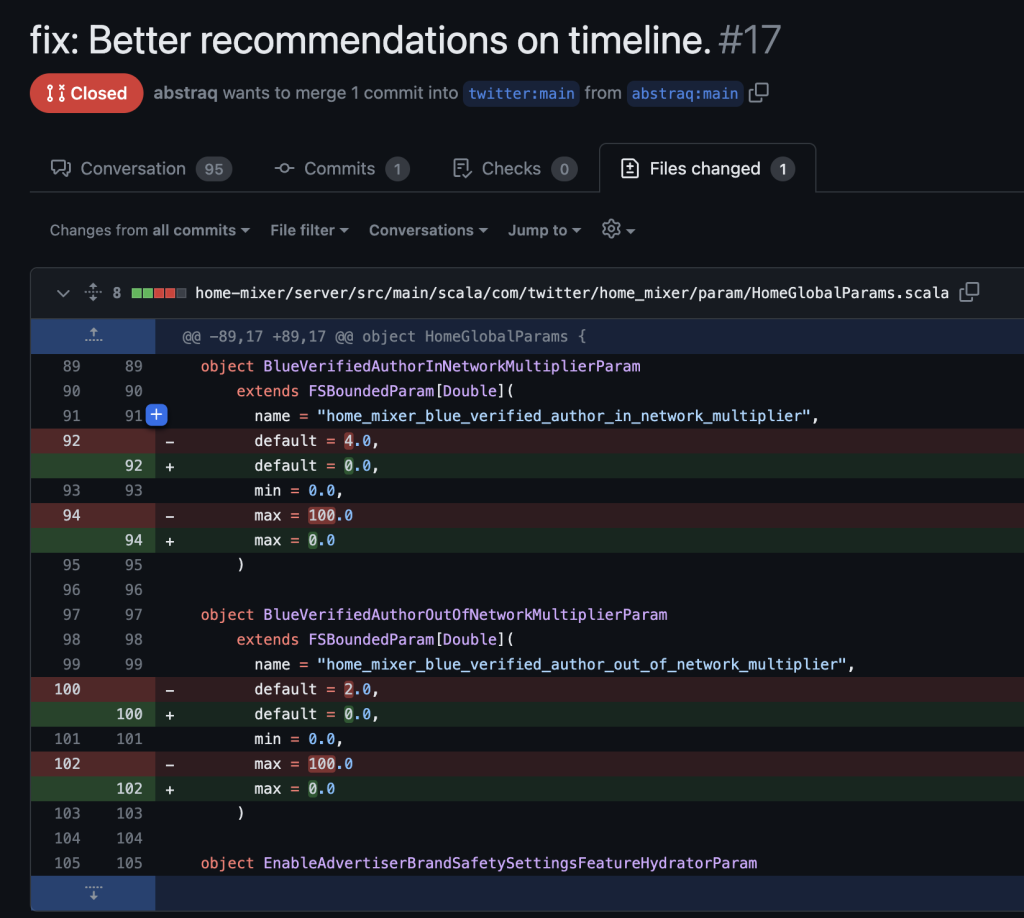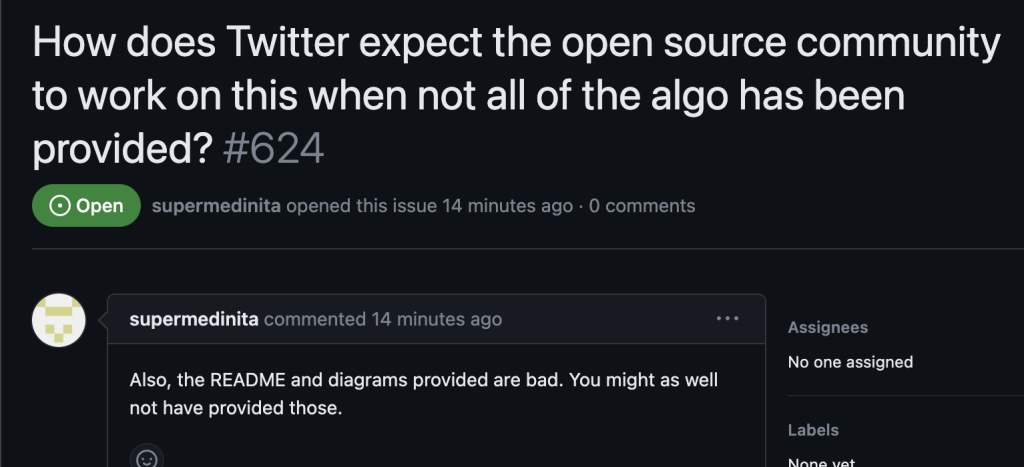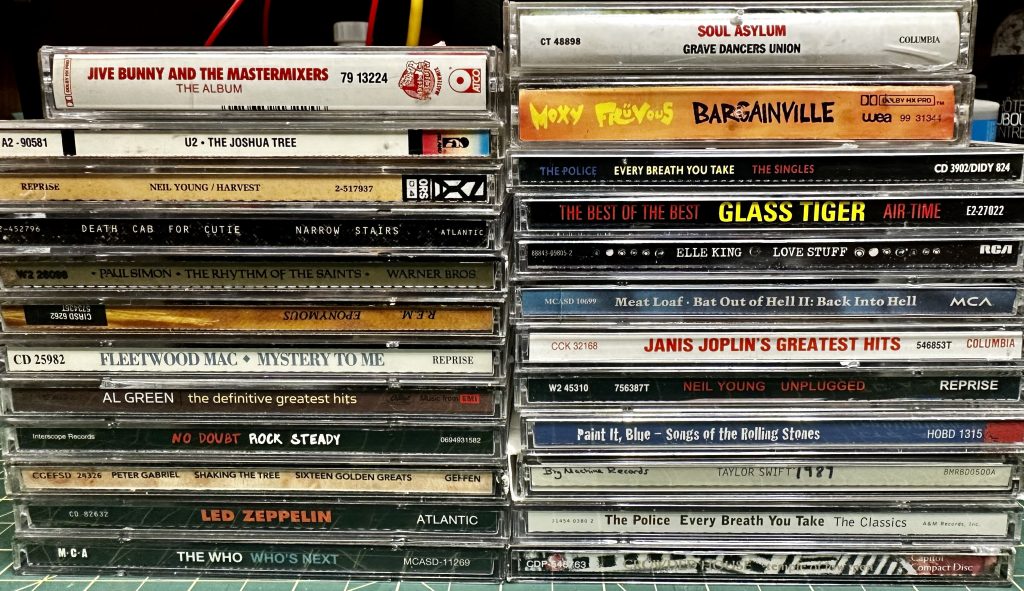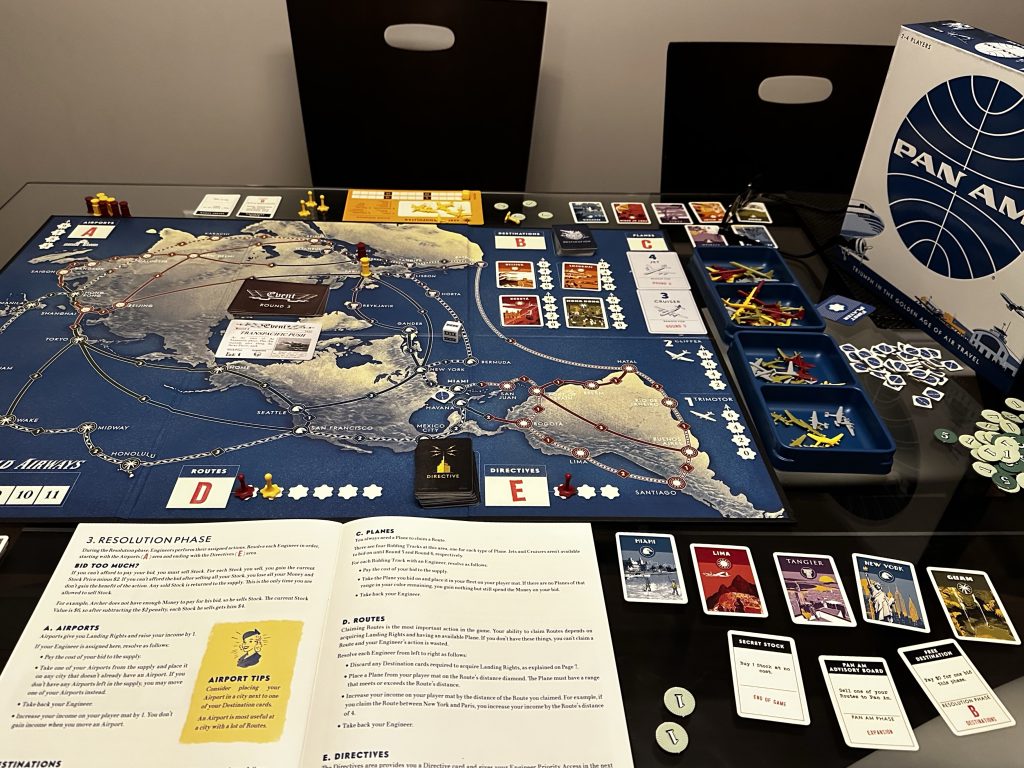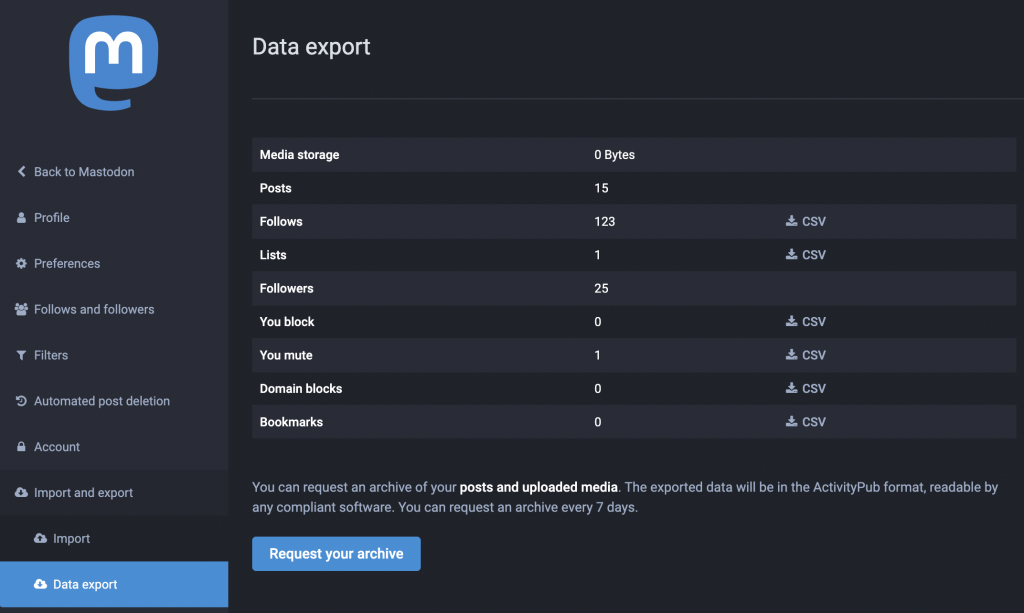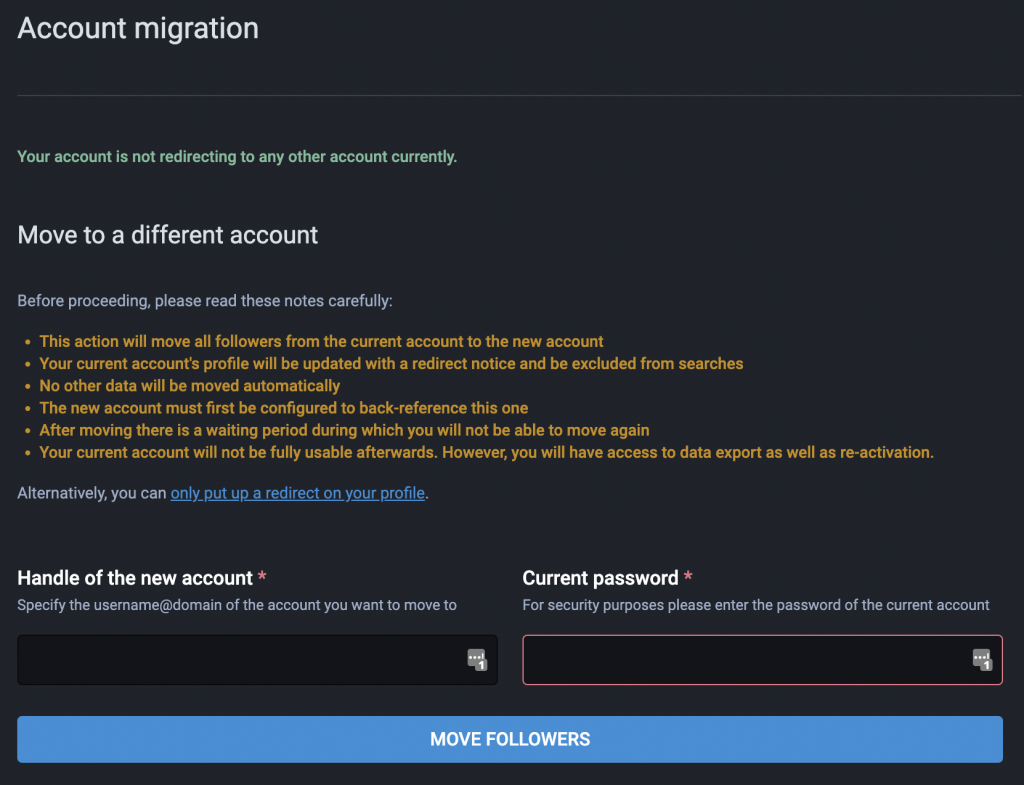
For as long as I can remember, I’ve loved tracking things — movies I’ve seen, movies I want to see, books I’ve read, music I’ve listened to, concert tickets, vinyl records, comic books, and my ever-growing physical media collection of CDs, DVDs, Blu-rays, and now 4Ks. Seeing everything detailed in one place is fascinating — it turns your habits into data, and that data into a reflection of who you are as a viewer and collector.
Recently, I was looking for a side project that would let me experiment with some new tools (including a bit of AI) while building something I’d actually want to use. Naturally, my long-running obsession with film became the focus.
I’ve used Letterboxd for years and love so much about it — the social features, the community, the stats — but I’ve also found myself wishing it did a few more things. Little features that had me keeping side spreadsheets or looking to other apps to fill the gaps. So instead of waiting for someone else to build my perfect movie tracker, I decided to do it myself.
I didn’t set out to make a replacement for Letterboxd — just a tool that fit my own needs and habits. But as the project took shape, I started to wonder if what I was building might appeal to other movie lovers too.
What is Movie Grip?
Movie Grip is your personal movie companion — a way to keep track of everything you watch, own, and love. Whether you’re logging last night’s rewatch, cataloging your 4K collection, or curating a themed list for your next movie marathon, Movie Grip helps you get a grip on your movie life.
The app blends practical features with a clean, modern design and a bit of movie-nerd personality. Think Letterboxd meets Discogs, with your own flavour of control and customization.
What It Can Do
Here’s what’s already working inside Movie Grip today:
🎬 My Diary
Log every movie you’ve watched — complete with ratings, reviews, and rewatch tracking.
💿 Physical Collection
If you’re still a collector (guilty), this one’s for you. Track your DVDs, Blu-rays, 4Ks, or VHS tapes. Add details like condition, purchase info, and additional notes. Loan tracking coming soon.
📺 Watchlist
Save movies you want to watch and keep them in order of priority. Easily revisit recommendations and rediscover the films you meant to see.
🗂️ Custom Lists
Create themed lists — “Best Movie Villains,” “Rainy Day Favourites,” “Movies Dad Made Me Watch” — and reorder them with a simple drag-and-drop interface.
❤️ Liked Movies
Quickly favourite the titles that hit you hardest.
🔍 Movie & Person Details
Dive deep into cast, crew, production companies, budget, and box office data — or explore filmographies for your favourite actors and directors.
📊 Statistics
See insights into your viewing habits: most-watched genres, busiest months, average ratings, and more (with richer analytics on the way).
Coming soon!
Here are some features I’ll be bringing to Movie Grip soon:
🤝 Loan Tracking
Keep tabs on who borrowed what from your physical collection.
📺 Now Watching + Social Sharing
Let others know what you’re watching by posting to your favourite social service.
📦 Data Portability
Import your data from other platforms, and export it for use elsewhere. Your movie history should always be yours.
📊 Deeper Stats
This is what it’s all about — more insights, more patterns, and more ways to understand your viewing habits.
🎟️ Showtimes
See what’s playing in theatres near you and easily add films to your watchlist.
🎞️ Recommendations
Discover new titles based on what you already love.
I’ve got plenty more ideas in the pipeline, including a desktop/web version — this is just the start.
Why “Movie Grip”?
Movies have always been about holding on to something — a feeling, a memory, a story that stays with you. Movie Grip is about keeping your grip on all of it: the films you love, the ones you own, and the ones you can’t wait to discover.
I’m currently running a limited beta, and I’d love to get feedback from fellow movie enthusiasts. If this sounds like something you’d enjoy, you can sign up here.
🎥 Get a grip on your movies.
 Ok, it’s been a minute since I’ve written here. Picking up where we left off, Threads has been not much more than a little distraction while the rest of the world has descended into pre-apocalyptic chaos.
Ok, it’s been a minute since I’ve written here. Picking up where we left off, Threads has been not much more than a little distraction while the rest of the world has descended into pre-apocalyptic chaos.
